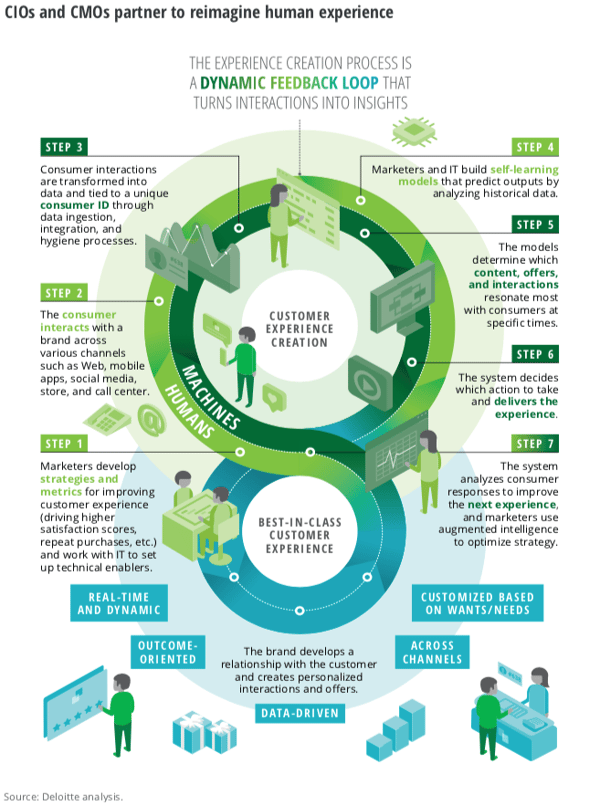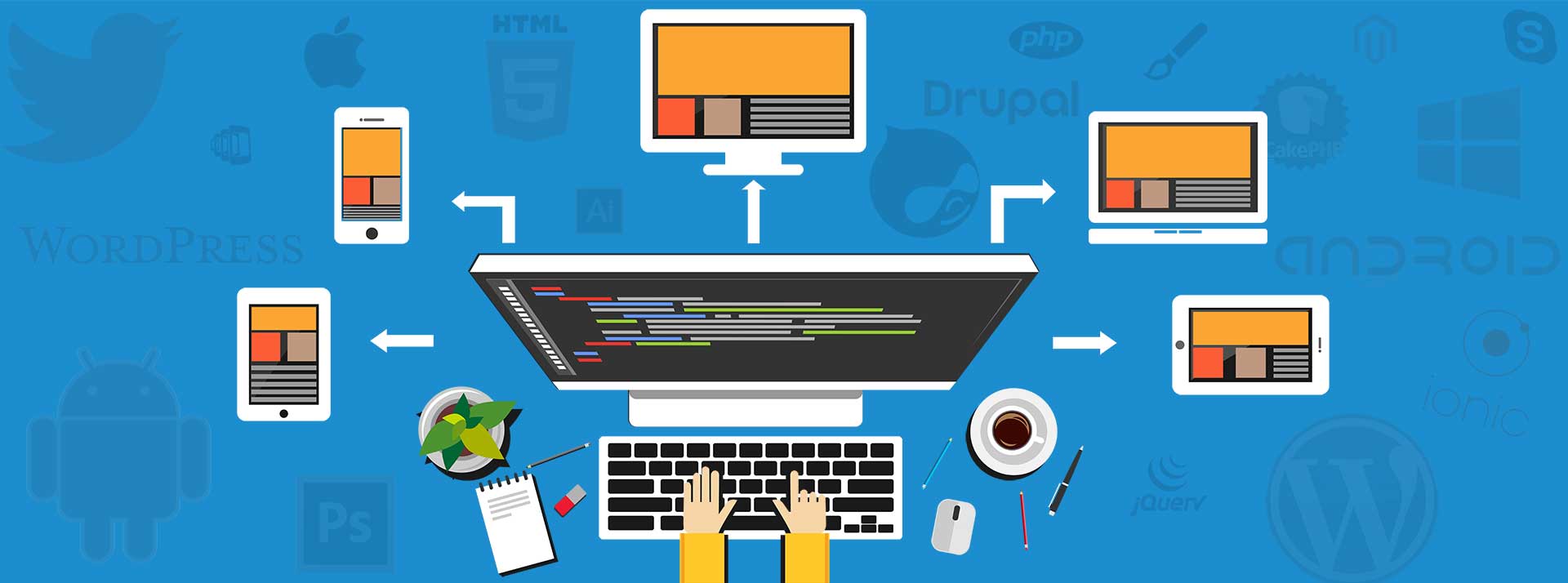The renaissance of Marketing Technology
The new world of marketing is personalized, contextualized, and dynamic. Increasingly, this world is orchestrated not by outside parties but by chief marketing officers partnering with their technology organizations to bring control of the human experience back in-house.
Together, CMOs and CIOs are building an arsenal of experience-focused marketing tools that are powered by emerging technology. Their goal is to transform marketing from a customer acquisition-focused activity to one that enables a superb human experience, grounded in data. In experiential marketing, companies treat each customer as an individual by understanding their preferences and behaviors. Analytics and cognitive capabilities illuminate the context of customers’ needs and desires, and determine the optimal way to engage with them.
Experience-management tools tailor content and identify the best method of delivery across physical and digital touchpoints, bringing us closer to truly unique engagement with each and every human.
Marketing technology is undergoing a renaissance.

Channel-focused solutions such as websites, social and mobile platforms, content management tools, and search engine optimization are fast becoming yesterday’s news. As part of the growing beyond marketing trend, organizations are adopting a new generation of martech systems that deliver unprecedented levels of customer intimacy, targeted engagement, and precision impact. By deploying new approaches to data gathering, decisioning, and delivery, companies can now create personalized, contextualized, dynamic end-to-end experiences for individual customers.
Now people are more and more talking about CX rather than UX/UI
But what exactly is Customer Experience Management?
The term customer experience management was defined in 2003 by Bernd H. Schmitt, as:
The process of strategically managing a customer’s entire experience with a product or company.
This doesn’t mean you should be ripping out your legacy technology stack and replacing it with a host of shiny new tools. Rather, your goal should be to integrate the technologies and processes that can make your existing systems smarter and provide real-time, seamless interactions with customers.
There are some black-box data solutions that you can bring back in-house, and those can and should live in the cloud. But for many companies today, these changes are already taking place as part of broader digital transformation strategies. Whether it be analytics, cognitive, or cloud, the technologies that are driving the beyond marketing trend are likely driving other transformation initiatives in your organization and have been for some time.








